The formal symbolism of Simon Bernheim
Simon Bernheim is a French artist whose work “constantly evolves around the perception of words, signs and language. His project is to change the meaning of words and language away from its sense and towards its form.” (more here) We got in touch with him by recommendation of our beloved Estelle Hanania, and cannot not resist showing you some of his work. Bernheim has taken part in exhibitions involving his “wall painting” projects in South Korea, Nigeria, Japan and Venezuela. In the latter of these destinations Gopher editor Lope had the opportunity to meet him, or so Lope says.
Bernheim’s work with and around religious objects has captured considerable media attention. The artist collected and arranged religious objects into new pieces of art that are partly installations and partly stories; most of the religious trinkets are making up the work are collected by Bernheim himself during his worldwide trips. Whether they are conceived of as expressions of pure form or thought about as totems, we like what we see.
Tell us about a typical day in your life.
I don’t really have a typical day because I rarely work on the same projects on a daily basis. Maybe that’s why my pieces are so varied and perhaps it’s even the reason that my work can bee confusing. If I wanted to have a typical day I would do anything except for what I do. The kind of freedom my work implies is not easy to take on every day, but it’s what keeps me going. Right now I am working on sculptures, a series of texts and playing bass with my band 10LEC6.
You completed wall projects in several cities around the world. What were these about? Why did you choose the cities you did?
In fact [the wall pieces are] not one project, but differents ones. My travels to Seoul, Busan, Caracas, had to do with a project called “WA.” It’s a project of wall paintings all over the world created in collaboration with many artists. I have very good memories of Caracas! I wanted to paint a “Sign” distributed through six differents places in Caracas. Â So I divided the sign into six parts and painted it on differents walls. Around that time, there were demonstrations. It was electoral time, rojo vs azul and the city was in a very special mood! The work I developed around the “Sign” project is very instinctive and began a very long time ago. It’s often described as containing a particular, cryptic language, but it’s actually more akin to a gesture or a sensation. I reproduce this gesture in many different ways, on many different objects, places and walls. This work belongs on the streets, because they are the place where the “Signs” were born. Right now I’m working with big brand to print “Sign” on the most famous object the brand makes. The product will be launched in 2011.
How would you describe your work to someone unable to see it?
In all my work and pieces, language, writing and symbols occupy an important place. I have a confused type of relationship with language, which is not a problem for me. I see this confusion as a positive thing. I enjoy manipulating words, letters and sounds. This is the best way for me to discover why I simultaneously love and hate to read, to write, to talk.
Do you have any advice for young aspiring artists that you would like to share?
I have no advice to give. Except: never answer any interviews!

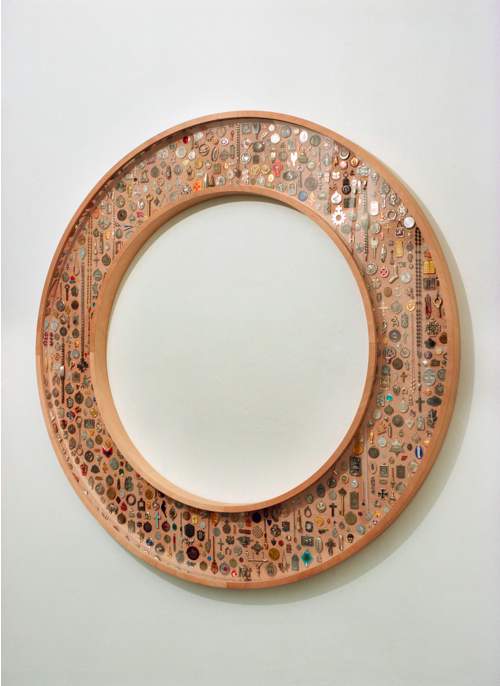
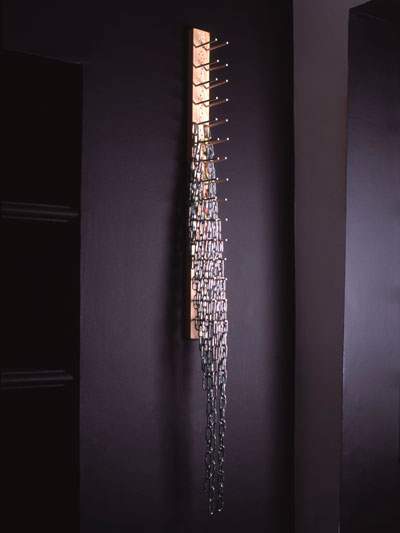
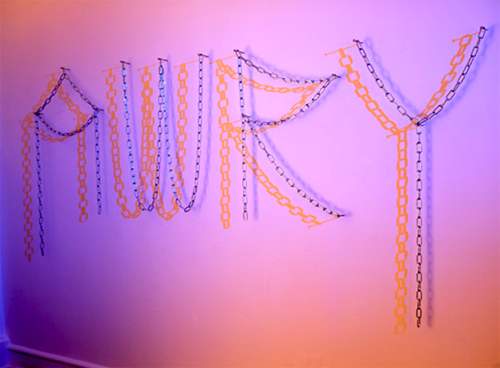
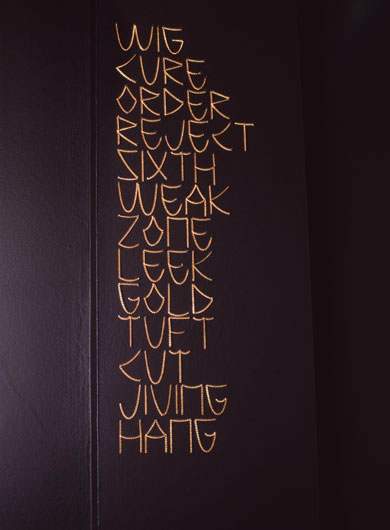
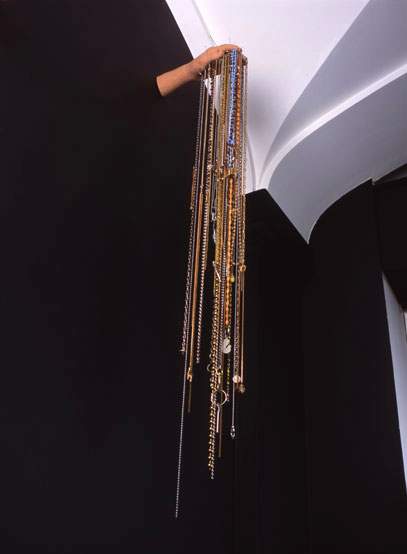
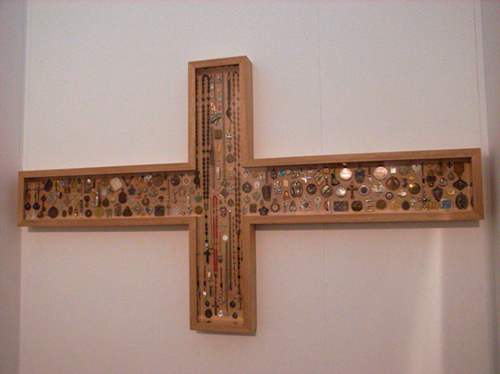
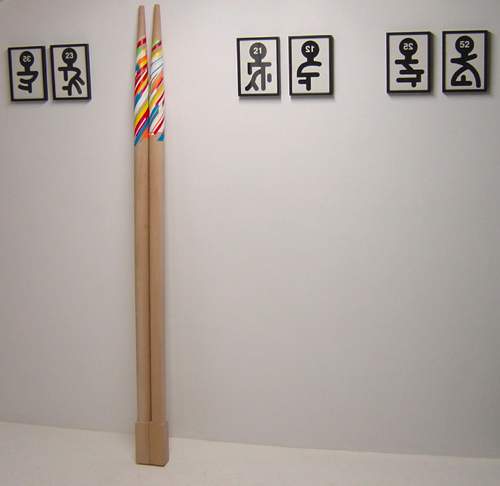
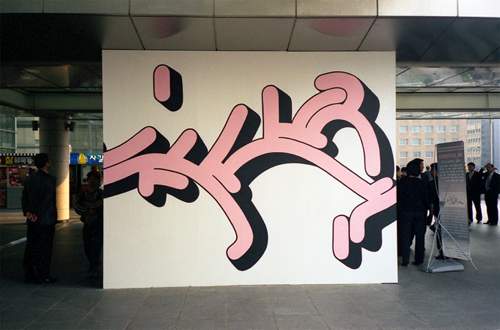
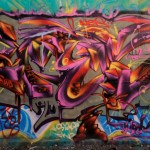
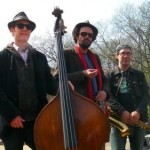


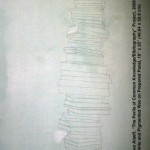
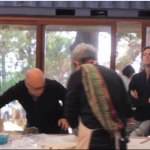

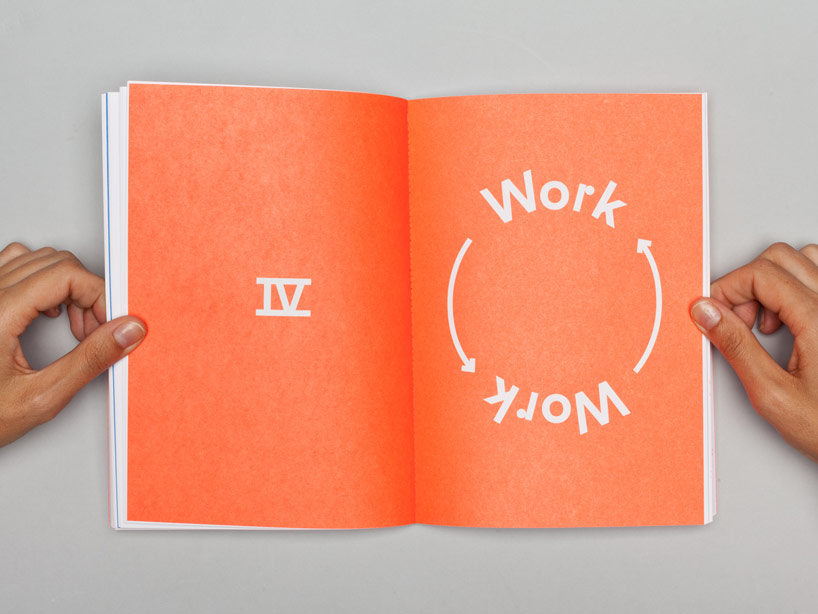

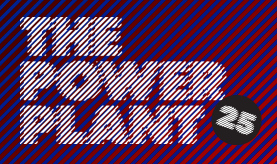
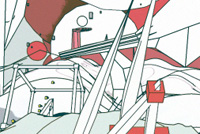
Leave a Reply